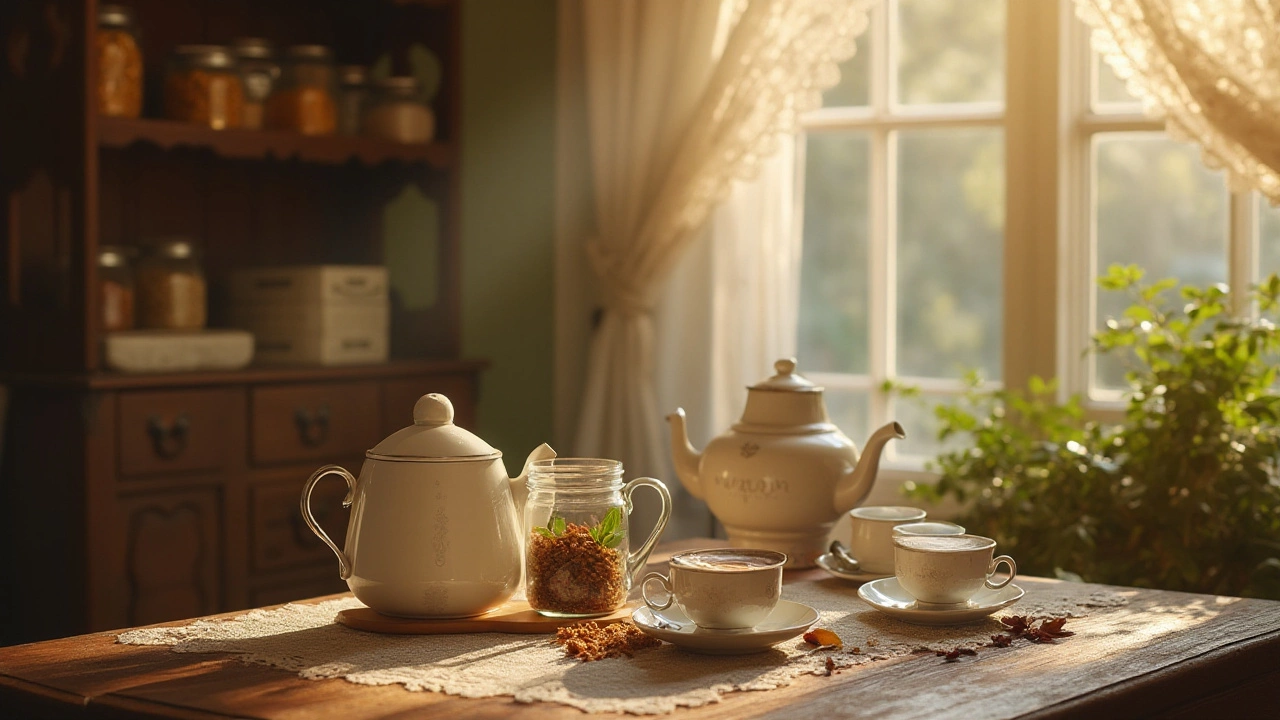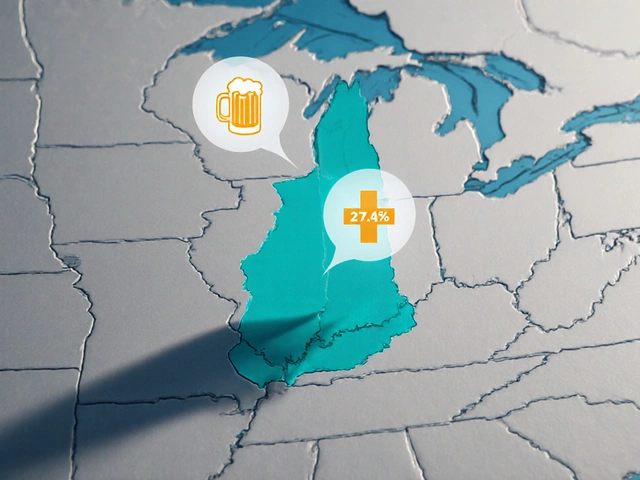Flavor Change: Understanding How Your Taste Buds Evolve
Ever notice that the same bottle of wine tasted different a few months ago? Or that a favorite cheese now feels less sharp? That’s a flavor change in action. Your senses, the drink, and even the environment all play a part. In this guide we’ll break down why flavors shift and how you can use that knowledge to enjoy every sip and bite.
Why Flavors Feel Different Over Time
First off, your palate isn’t a static thing. Age, diet, and health all reshape the way you perceive taste. As you eat more spicy food, for example, your tongue becomes less sensitive to heat, letting subtler notes shine through. The same goes for wine – as you try more varietals, you start to pick up on nuances that once slipped by.
Temperature is another hidden player. A chilled red will taste fruitier, while a warmer serving lets oak and earthy tones come forward. Even the glass you pour into matters; a wide‑bowl glass lets aroma swirl, enhancing flavor perception. So when you switch glasses or room temperature, you might think the drink changed, but it’s really your senses reacting.
Practical Tips to Notice and Manage Flavor Changes
Want to track flavor changes on purpose? Keep a simple tasting journal. Write down the drink, its temperature, what you ate before, and how it tasted. After a few entries you’ll spot patterns – maybe you notice that a citrusy gin feels smoother after a light salad.
Cleaning your palate can reset your senses. Sip water, eat plain crackers, or have a mild cheese between tastings. This helps you compare flavors without the carry‑over from the previous sip. It’s a trick pros use at wine tastings and it works at home too.
Don’t ignore the power of smell. Swirl your wine, take a quick sniff, then taste. If the aroma seems off, the flavor might follow. Practicing this habit sharpens your ability to detect subtle changes, whether you’re sipping a whisky or sampling a new mocktail.
Finally, be kind to yourself. If a flavor feels “off” today, it might be perfect tomorrow. Hormones, stress, and even sleep affect taste buds. Give yourself a break, try the same drink another day, and you’ll often find the flavors snap back.
By understanding the reasons behind flavor change, you turn every tasting into a small experiment. It keeps the experience fresh and helps you pick drinks that truly match your evolving palate.
If you find yourself not enjoying the taste of tea as you once did, you are not alone. There are numerous reasons why your palate might change over time, from personal health factors to evolving preferences. Whether it's due to changes in your taste receptors or the influence of lifestyle and dietary adjustments, understanding these factors can help regain the joy of tea tasting. Dive into the world of teas with a fresh perspective and learn how to appreciate them again.
View Details

